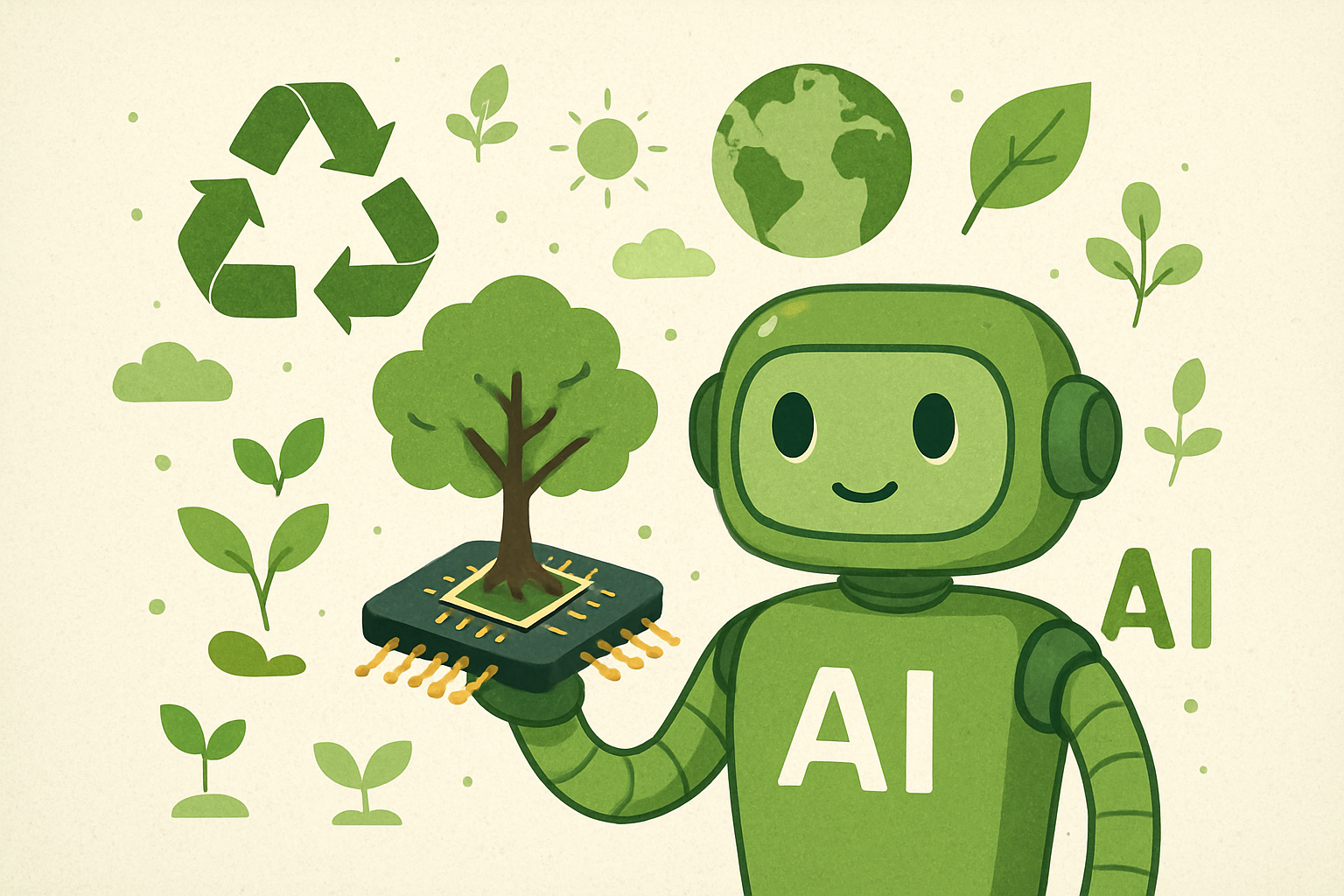Service that suites your needs
Our custom software development process revolves around an AI-centric approach, enhancing user experiences and delivering highly efficient solutions through advanced artificial intelligence technologies.
.png?width=292&height=132&name=Image%20(3).png)
Our custom software development process revolves around an AI-centric approach, enhancing user experiences and delivering highly efficient solutions through advanced artificial intelligence technologies.
.png?width=292&height=132&name=Image%20(3).png)
At Phyniks, we combine AI and creativity to drive innovation. Our tailored solutions yield extraordinary results. Explore our knowledge base for the latest insights, use cases, and case studies. Each resource is designed to fuel your imagination and empower your journey towards technological brilliance.
.png?width=284&height=129&name=Image%20(4).png)
At Phyniks, we combine AI and creativity to drive innovation. Our tailored solutions yield extraordinary results. Explore our knowledge base for the latest insights, use cases, and case studies. Each resource is designed to fuel your imagination and empower your journey towards technological brilliance.
.png?width=284&height=129&name=Image%20(4).png)

Ever wondered how your sustainability startup could go from doing okay to being a game-changer using AI?
If you’re a founder trying to figure out where “AI in sustainability” actually fits and what role an “AI agent in sustainability” might play, this blog is for you.
Because yes, AI isn’t just hype, it’s hitting real use cases that matter.
In this article we’ll explore seven real-world use cases of AI in sustainability, focusing especially on how autonomous or semi-autonomous agents are being used to drive impact.
You’ll walk away with not just ideas, but clarity on how to apply them in your business.
First, let’s answer the baseline: what is AI in sustainability and what role does an AI agent in sustainability play?
At its core, AI in sustainability refers to applying artificial intelligence, machine learning, computer vision, optimization, etc., to environmental, social and governance (ESG) goals: reducing waste, cutting emissions, protecting biodiversity, strengthening supply chains.
When we talk about an AI agent in sustainability, we’re referring to a software agent (or multi-agent system) that can sense, reason, act and possibly collaborate within a sustainability domain.
For example,
A climate-risk agent that monitors sensor data, predicts flooding, triggers mitigation actions; or a recycling-agent that uses vision to sort waste, coordinates logistics, and learns over time.
Bottom line: an AI agent in sustainability goes beyond a one-off model- it acts, adapts, and fits into workflows. And that’s the shift from “just using AI” to “deploying agents that drive sustainability outcomes”.
The urgency around climate change, resource constraints and regulatory pressure isn’t slowing down. In 2025-26, sustainability is shifting from nice-to-have to business-critical. That’s why the phrase “AI in sustainability” is trending, not just for optimization, but for transformational change.
Here’s why this matters:
In short: For you as a sustainability founder, deploying an “AI agent in sustainability” offers a competitive edge now, not later.
Here are seven concrete ways to apply AI (and agent-based models) in sustainability. In each you’ll see what the agent does, why it matters, and a real-world example.
It monitors real-time sensor data (temperature, occupancy, HVAC usage), predicts energy surges or inefficiencies, then triggers control actions (reduce cooling, reschedule loads).
Why it matters: Buildings consume huge energy; smarter control = big emissions & cost savings.
Example: An AI system in a commercial building reduced HVAC energy use by ~15 % and cut carbon by 37 metric tons annually.
They combines satellite/drone imagery, soil/water sensors, weather forecasts; an agent recommends irrigation/fertilizer, detects pests, or automates harvesting.
Why it matters: Agriculture eats water, chemicals and land. Smarter use = lower waste, higher yield, lower footprint.
Example: AI-driven systems forecast irrigation needs, allowing farms to save water and reduce chemical use.
An AI agents uses computer vision and robotics to sort recyclables; optimizes collection routing; models product lifecycles and recycling loops.
Why it matters: Moving away from “take-make-dispose” is central to sustainability. Agents can automate and scale circularity.
Example: Robots at recycling facilities automatically identify types of plastics and sort them faster than manual methods.
AI agent in helps in supply chain with predicts demand, optimizes routing, monitors supplier data for risk (deforestation/ethics), and automates sustainable sourcing decisions.
Why it matters: Supply chains are carbon-intensive, opaque and complex. Agents bring transparency and optimization.
Example: AI models reduce transportation emissions by optimizing delivery routes and forecast demand to avoid overproduction.
AI agent can help processes satellite/drone imagery and audio sensors to detect deforestation, habitat loss, wildlife movement, or poaching; triggers alerts and interventions.
Why it matters: Ecosystems are fragile; early detection and monitoring improve outcomes.
Example: AI systems analyse camera-trap data to identify rare species, monitor poaching, and map degraded habitats for restoration efforts.
This AI agent combines weather data, satellite imagery, asset-data, supply-chain dependencies to predict climate risks (floods, storms, droughts) and trigger adaptation actions.
Why it matters: Climate change raises the stakes for business & communities; agents help build resilience.
Example: AI-powered models speed up climate simulations and enable faster decision‐making for urban planning and disaster response..
AI in ESG can help you gather raw sustainability/data (emissions, resource use), cleans it, analyses trends, generates reports (for frameworks like GRI, SASB), and provides recommendation insights to leadership.
Why it matters: Reporting is time-consuming and inaccurate data undermines trust and compliance. Agents streamline it and surface insights.
Example: Organizations using AI for ESG reporting improved speed and accuracy in disclosure processes significantly.
If you’re thinking: “Okay, that’s great but how do I pick or build the right AI agent in sustainability for my business?” Here’s a clear framework.
Start with one domain: e.g., “reduce water usage in our manufacturing plant by 20 % this year” or “automate waste sorting at our facility”. Keeping the scope focused lets your agent deliver real value.
You’ll need sensors, historical data, external feeds (weather, satellite), and a toolchain for modelling + agent orchestration. Without clean data, even the smartest agent struggles.
Ask: Does your team have access to the data? Do you need third-party integrations?
Ask: Will this agent act autonomously (trigger actions) or semi-autonomously (recommend to a human)? Will it collaborate with other agents?
Consider frameworks/libraries for agents + orchestration (this might require technical build or vendor).
Also consider: safety, auditability, transparency.
Define KPIs (e.g., % reduction in energy, emissions, waste; cost savings; reporting time). Deploy, monitor, learn, iterate. Agents need continuous tuning and feedback loops.
Even sustainability-oriented agents can misfire, for example, bias in supplier risk models, data privacy in monitoring employees, energy cost of the AI itself. Don’t skip governance.
Once you’ve proven a pilot, ask: Can this agent scale across sites, assets, geographies? What integration is required? What team and tools will support it long-term?
The role of an AI agent in sustainability will only grow, not just in helping operations, but in shaping entire business models around sustainability.
For sustainability founders, this means: start now, build for real use cases, and design for scale and governance. The firms that embed AI agents into their operations and strategies will lead the next wave of impact.
If you’re striving to make your mark in sustainable business, leveraging AI in sustainability and especially deploying an AI agent in sustainability, is not optional anymore. By selecting a real use case, building a focused agent, measuring outcomes and iterating, you can turn sustainability from cost-centre to strategic differentiator.
Start small, think big, integrate smart, and iterate fast.
The future favours those who act. Your next step? Pick one of the seven use cases above, define your scope, and plan the first version of your agent.
Ready to move from concept to action and see real sustainability impact? Let's build the agent that changes not only your business but the planet too.

Sign up for Links for Thinks — a weekly roundup of resources like this to help you uplevel your design thinking straight to your inbox
We'd love to hear from you! Whether you have a question about our services, want to discuss a potential project, or just want to say hi, we are always here to have meaningful conversations.